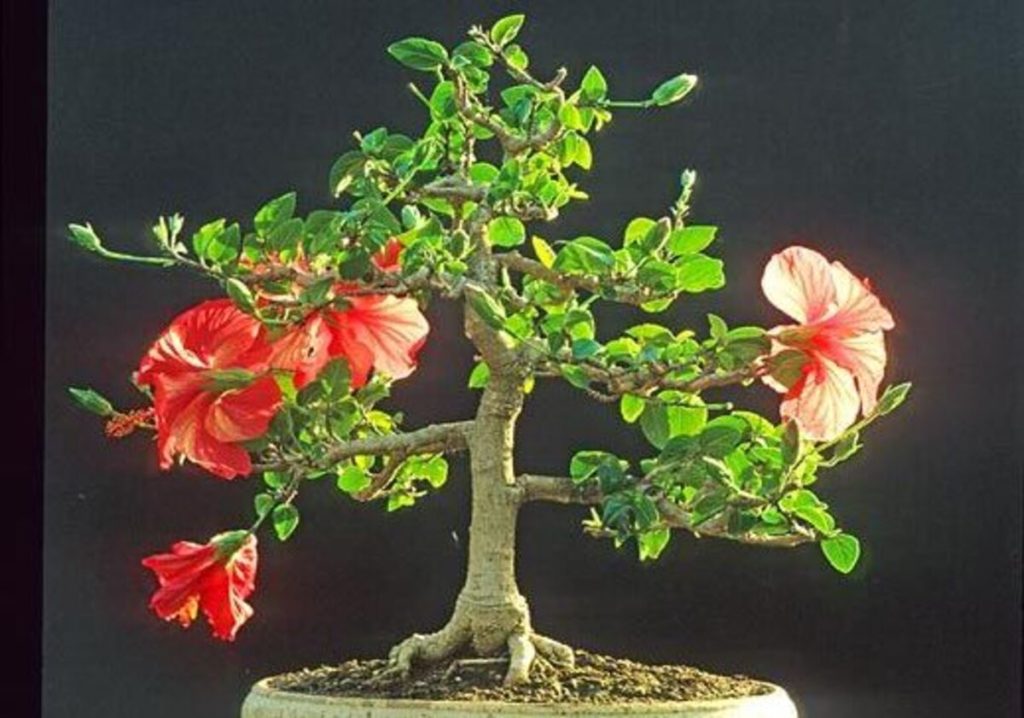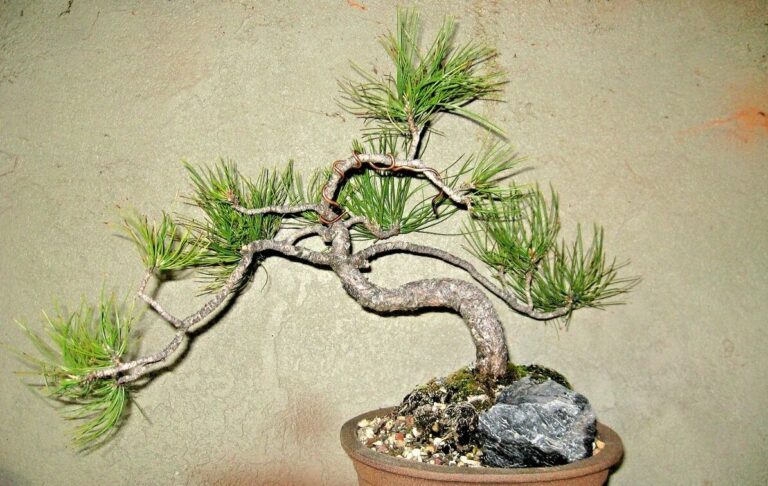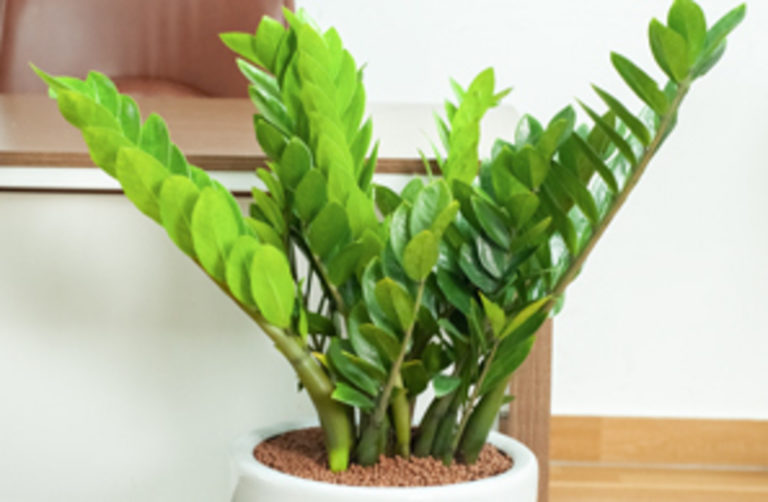Hibiscus Bonsai : Beauty and Charm Packed into a Tiny Tree
A bonsai Hibiscus is a miniature beautiful tree cultivated in containers using the bonsai technique. It is a small hibiscus plant with smaller leaves and branches that are trained and pruned to maintain its shape and size. Bonsai hibiscus is a popular plant among gardeners due to its beauty and minimum maintenance requirements.
What is Hibiscus Bonsai
Hibiscus bonsai is a small hibiscus tree produced in pots using the bonsai method. The bonsai technique entails training and trimming the hibiscus plant’s branches and roots to retain its size and shape. Hibiscus bonsai is a popular decorative plant among garden enthusiasts owing to its beauty and easy upkeep. It may be cultivated both inside and outdoors and can live for many years if properly cared for.
Types of Hibiscus Bonsai
Although there are many different hibiscus species, not all of them are suited for bonsai growth. The hibiscus bonsai types most frequently grown include:
- Hibiscus Rosa-Sinensis: The majority of bonsai enthusiasts select this kind of hibiscus. It blooms with bright, eye-catching flowers in colors including red, pink, yellow, and white.
- Hibiscus Syriacus: This hibiscus bonsai variety, sometimes known as Rose of Sharon, has smaller flowers than Hibiscus Rosa-Sinensis but blooms for a longer period of time.
- Hibiscus Tiliaceus: This variety is also referred to as the Sea or Beach Hibiscus. It produces yellow or orange flowers and has a distinctive trunk and foliage, making it a desirable bonsai plant.
- Hibiscus Schizopetalus: This hibiscus bonsai variety is also known as the Japanese lantern because its distinct, hanging flowers resemble lanterns. It is a delicate variety of hibiscus that requires more care than others.
- Hibiscus Sinosyriacus: This variety produces light purple flowers and is also known as the Lilac Hibiscus.
There are numerous additional varieties and combinations that may be cultivated as bonsai in addition to the ones listed above.
Hibiscus Bonsai and Its Symbolism
Hibiscus bonsai is not only a beautiful ornamental plant, but it also holds significant symbolism in different cultures. Here are some examples:
- In many Asian cultures, hibiscus flowers represent wealth, fame, and glory. It is believed that placing hibiscus bonsai in the home or office can bring prosperity and good fortune.
- The hibiscus is the official flower of Hawaii and is widely used in bouquets. The flower of the hibiscus represents hospitality, friendliness, and love.
- Hibiscus blossoms are used to treat hypertension and liver problems in traditional Chinese medicine. Some individuals believe it might help keep them cool.
- In Hinduism, hibiscus flowers are offered to deities as a symbol of devotion and purity.
- Hibiscus flowers were used as offerings to the gods in ancient Egypt and were believed to have medicinal abilities.
Overall, hibiscus bonsai occupies a special place in many cultures based to its beauty, cultural importance, and therapeutic benefits.

Characteristics of Hibiscus Bonsai
Hibiscus bonsai has several distinctive characteristics that make it a unique and attractive plant:
- Small size – A hibiscus bonsai is a small version of the plant, with smaller flowers, leaves, and branches. This makes it a great plant for apartments or balconies, where space is limited.
- Pruning – To maintain its size and shape, hibiscus bonsai requires regular pruning. This involves removing excess growth and shaping the branches to create a specific form.
- Flowering – The Hibiscus bonsai produces enormous, spectacular blossoms in a variety of colors, including red, pink, yellow, and white. The flowers typically have a brief lifespan, but they blossom continuously throughout the growing season.
- Roots – The small root system of Hibiscus bonsai makes it suitable for growing in containers. However, this also increases the frequency with which the plant requires watering and fertilization.
- Care – Hibiscus bonsai requires regular care, including watering, fertilization, pruning, and repotting. It is a low-maintenance plant compared to other bonsai varieties, but it still requires some attention to thrive.
Overall, hibiscus bonsai is an unique and attractive plant that requires some maintenance effort but can provide many years of enjoyment if cared.
How to Grow Hibiscus Bonsai
Growing hibiscus bonsai requires patience and care, but the process is satisfying and rewarding. Here are the important steps to bonsai hibiscus planting:
- Choose the right variety: Choose a bonsai-friendly hibiscus species, such Hibiscus Rosa-Sinensis or Hibiscus Syriacus.
- Choose the right container: Hibiscus bonsai requires a shallow, wide container that allows for good drainage. Choose a container that is slightly larger than the root ball of the plant.
- Prepare the soil: Hibiscus bonsai requires well-draining soil with good fertility. A mix of peat moss, perlite, and sand can create an ideal growing medium.
- Prune the plant: Hibiscus bonsai requires regular pruning to maintain its shape and size. Prune the branches to create the desired form and remove any dead or diseased branches.
- Repot the plant: Hibiscus bonsai requires repotting every two to three years to prevent root congestion. Repot in spring, and trim the roots to prevent them from becoming too long.
- Water and fertilize: Hibiscus bonsai requires consistent fertilization and irrigation. Fertilize the plant with a balanced fertilizer every two weeks during the growing season and water when the top inch of soil is desiccated.
- Provide the right environment: Hibiscus bonsai prefers full sun to partial shade and requires warm temperatures and high humidity. Provide a bright location with good air circulation.
With proper maintenance and care, hibiscus bonsai can blossom and provide years of enjoyment.
Benefit of Hibiscus Bonsai
Hibiscus bonsai is not only pleasing to the eye but also beneficial. Here are several advantages of hibiscus bonsai:
- Aesthetic appeal: Hibiscus bonsai produces beautiful and vibrant flowers that can add a splash of color and visual interest to any space.
- Air purification: Like other plants, hibiscus bonsai helps to purify the air by removing harmful pollutants and toxins.
- Medicinal properties: Hibiscus flowers have been used in traditional medicine for centuries to treat a variety of ailments, including high blood pressure, liver disorders, and digestive problems.
- Stress relief: Caring for plants, including hibiscus bonsai, can provide a calming and stress-relieving effect. Watching the plant grow and flourish can be satisfying and rewarding.
- Symbolic meaning: As mentioned earlier, hibiscus flowers hold significant symbolism in various cultures and can be a meaningful and inspiring addition to any space.
Ultimately, growing and caring for a hibiscus bonsai can be a delightful and rewarding experience.
Styling and Design for Hibiscus Bonsai
Styling and design are crucial aspects of growing and maintaining hibiscus bonsai. Here are some tips for styling and designing your hibiscus bonsai:
Choose the right shape: Hibiscus bonsai can be trained into various shapes, including formal upright, informal upright, slanting, cascade, and semi-cascade. Choose a shape that complements the plant’s natural growth habit and suits your personal preferences.
Prune regularly: To preserve the form and size of your hibiscus bonsai, regular pruning is required. Create a symmetrical and aesthetically appealing form by pruning the branches and foliage.
Create movement: Movement in the branches and leaves can add interest and depth to your hibiscus bonsai. Use wire to gently bend the branches and create a more dynamic form.
Balance the foliage: Bonsai design requires balance, and hibiscus bonsai is no exception. Ensure that the vegetation is evenly distributed, with no gaps or imbalances.
Choose the right container: The container you choose can have a significant impact on the overall design of your hibiscus bonsai. Choose a container that complements the plant’s natural beauty and suits the desired style and form.
Accessorize: Accessories such as rocks, moss, and figurines can add interest and personality to your hibiscus bonsai. Choose accessories that complement the plant’s natural beauty and enhance its overall aesthetic appeal.
Styling and designing hibiscus bonsai can be a rewarding and creative process. By following these tips and using your imagination, you can create a beautiful and unique hibiscus bonsai that is a true work of art.
How to Care and Maintain Hibiscus Bonsai
Hibiscus bonsai demand constant maintenance and careful attention to detail. Here are some suggestions for maintaining a flourishing hibiscus bonsai:
- Watering: Hibiscus bonsai requires consistent irrigation, particularly in hot and arid climates. Deeply hydrate the plant, but do not allow the soil to become saturated. Regularly inspect the soil and water when the top inch of soil is desiccated.
- Fertilizing: Hibiscus bonsai requires regular fertilization to maintain its health and promote growth. Use a balanced fertilizer every two weeks during the growing season, and reduce fertilization during the winter months.
- Pruning: Regular pruning is essential to maintain the shape and size of your hibiscus bonsai. Prune the branches and leaves to create a balanced and aesthetically pleasing form.
- Repotting: Hibiscus bonsai requires repotting every two to three years to prevent root congestion. Repot in spring, and trim the roots to prevent them from becoming too long.
- Pest control: Pests including mealybugs, whiteflies, and spider mites can harm hibiscus bonsai. Regularly check the plant for symptoms of infection, and if required, treat it with the proper pesticide.
- Sunlight: Hibiscus bonsai prefers full sun to partial shade and requires warm temperatures and high humidity. Provide a bright location with good air circulation and protect the plant from extreme temperatures and drafts.

Hibiscus Bonsai Care Sheet
| Aspect | Care Tips |
|---|---|
| Watering | Water the hibiscus bonsai frequently without overwatering. Water when soil is dry. |
| Fertilizing | Throughout the growth season, fertilize the hibiscus bonsai every 2-3 weeks with a balanced fertilizer. During winter, don’t fertilize. |
| Pruning | Regularly prune the hibiscus bonsai. Avoid cutting the trunk when trimming branches and leaves using sharp, clean pruning shears. |
| Repotting | Repot hibiscus bonsai every 2-3 years or when the roots overflow the pot. Avoid root damage and use well-draining soil. |
| Pest Control | Inspect the hibiscus bonsai for aphids, spider mites, and scale insects. Insecticidal soap or neem oil may help. |
| Sunlight | Put the hibiscus bonsai in a sunny spot for at least six hours a day. Avoid drafts. |
By following these tips and providing regular care, you can keep your hibiscus bonsai healthy and beautiful for many years to come.
Conclusion:
In conclusion, hibiscus bonsai is an attractive, low-maintenance plant that enhances the natural beauty of any indoor or outdoor space. You can cultivate a robust and vibrant hibiscus bonsai with proper care and attention.
FAQ:
Q: What is a hibiscus bonsai?
A: Hibiscus bonsai is a miniature version of the hibiscus plant, trained to grow in a small pot and pruned into a particular shape.
Q: What are the benefits of growing a hibiscus bonsai?
A: Hibiscus bonsai provides many benefits, including air purification, stress reduction, and aesthetic appeal.
Q: What are the different types of hibiscus bonsai?
A: Some popular types of hibiscus bonsai include Chinese hibiscus, rose of Sharon, and Hawaiian hibiscus.
Q: How do you care for a hibiscus bonsai?
A: Hibiscus bonsai requires regular watering, fertilizing, pruning, repotting, pest control, and a suitable environment with good lighting and humidity.
Q: Can hibiscus bonsai be grown outdoors?
A: Yes, hibiscus bonsai can be grown outdoors in warm climates, but they need protection from frost and cold weather.
Q: How often should you water a hibiscus bonsai?
A: Hibiscus bonsai needs regular watering, and the soil should be kept moist but not waterlogged. Water the plant when the top inch of soil is dry.
Q: How do you prune a hibiscus bonsai?
A: Prune hibiscus bonsai regularly to maintain its shape and size. Use sharp and clean pruning shears to trim the branches and leaves, and avoid cutting the main trunk.
Q: Can you propagate hibiscus bonsai?
A: Yes, hibiscus bonsai can be propagated by taking stem cuttings and rooting them in moist soil or water.
Also Read:








